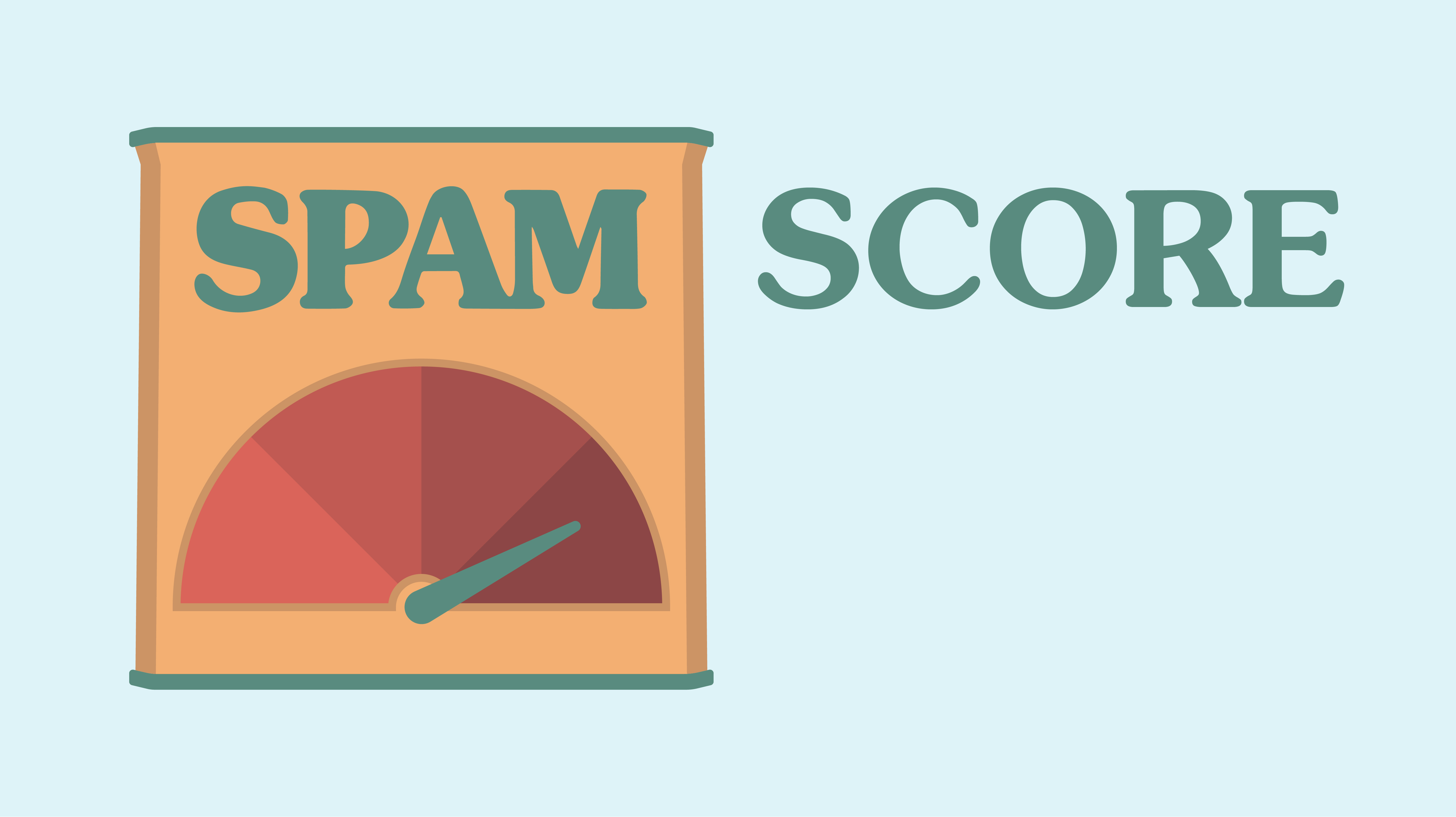In
the ever-evolving landscape of digital marketing and online presence,
maintaining a reputable and trustworthy website is crucial. One metric that
plays a pivotal role in assessing a website’s credibility is its spam score. In
this article, we will delve into the definition of spam score, its impact on
website performance, and the strategies to lower it.
Understanding Spam Score
Spam
Score Definition: Before we explore its causes and consequences, it’s essential
to understand what a spam score is. Spam score is a metric that quantifies the
likelihood of a website being penalized or flagged as spam by search engines.
It is calculated based on various factors, including the quality of backlinks,
content, and other on-page elements.
The Impact of High Spam Scores
1. Search Engine Rankings:
Websites
with high spam scores often experience a decline in search engine rankings.
Search engines, like Google, aim to provide users with relevant and trustworthy
results. Thus, they penalize websites that appear spammy, pushing them lower in
search results.
2. Reduced Organic Traffic:
Lower
rankings result in reduced organic traffic to your website. This means fewer
visitors, potential customers, and revenue. High spam scores can thus significantly
affect a website’s performance.
3. Reputation Damage:
High
spam scores can tarnish your website’s reputation. Visitors may perceive your
site as untrustworthy, potentially damaging your brand image and credibility.

